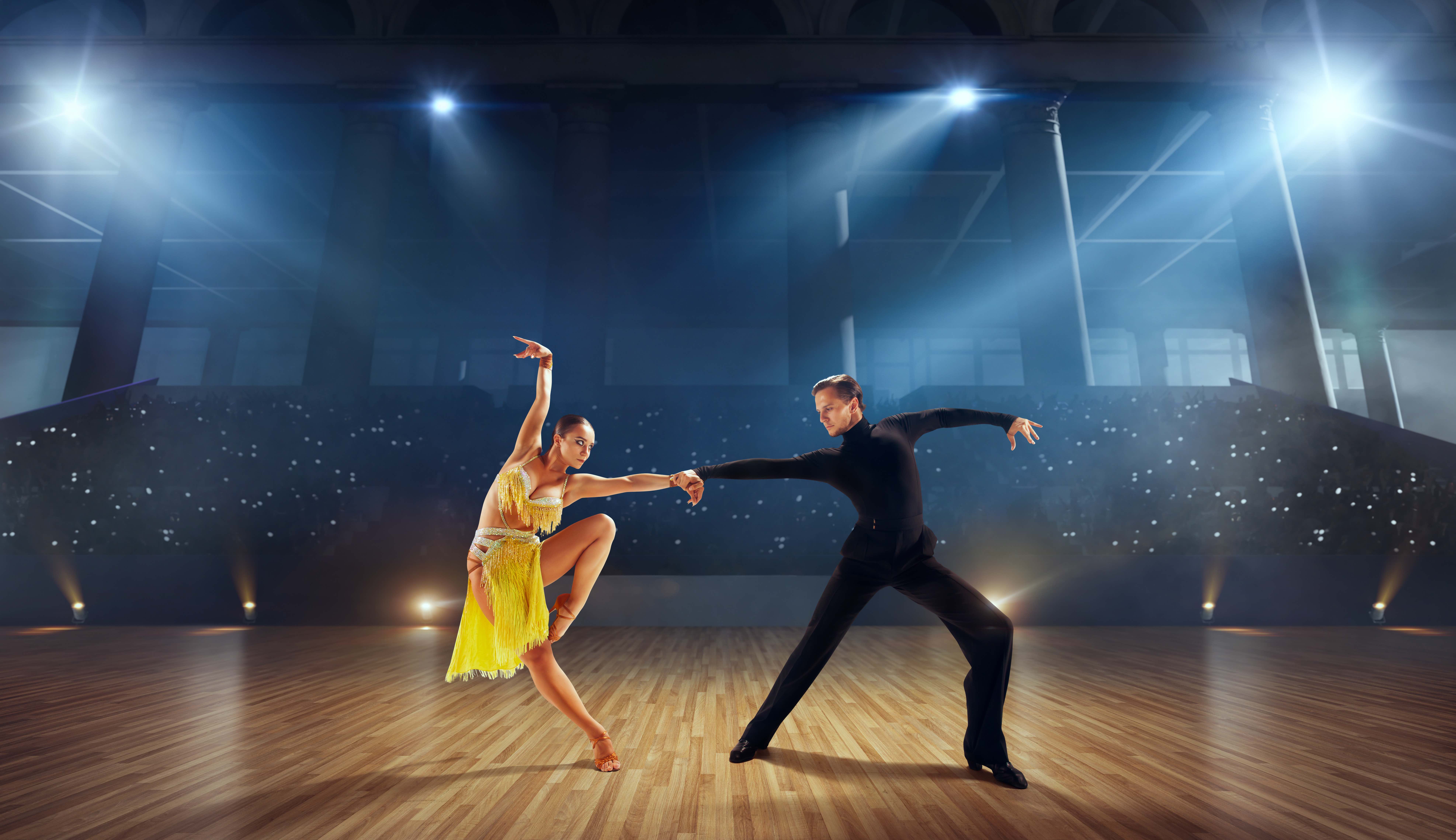The 25-Second Trick For Dance San Francisco
Wiki Article
More About Dance San Francisco
Table of ContentsThe Definitive Guide for Dance San FranciscoHow Dance San Francisco can Save You Time, Stress, and Money.Dance San Francisco for DummiesHow Dance San Francisco can Save You Time, Stress, and Money.The Basic Principles Of Dance San Francisco 9 Easy Facts About Dance San Francisco DescribedFacts About Dance San Francisco Uncovered
The significant distinction that differentiates the Miami-style from other North American styles is the "Atras" or "Angled", back breaking actions done in reverse diagonally instead of moving forwards and in reverse as seen in the New York style. Dancers do not move their body weight considerably as seen in other designs. bay area salsa dancing. Instead, professional dancers keep their upper body still, positioned and unwinded, focusing on foot activityA major distinction between Cali Design and Miami-style is the last is specifically danced on the downbeat (On1) and has elements of sparkles and show-style contributed to it, following collections of North American designs. Miami-style has numerous followers, especially Cuban-Americans and various other Latinos based in South Florida. In the 1950s, Salsa Rueda or much more properly Rueda de Casino was established in Havana, Cuba.
Much of the steps entail quickly switching partners. "Rueda de Cuba" is initial type of Rueda, stemming from Cuba. It is not as formal as Rueda de Miami and consists of regarding 30 telephone calls. [] It was codified in the 1970s. [] "Rueda de Miami" originated in the 1980s from Miami, is a formal style with lots of regulations based on a mix, and is a hybridization of Rueda de Cuba & North American dancing designs, with some regimens reflecting American society (e.
The smart Trick of Dance San Francisco That Nobody is Discussing
Coca-Cola, Dedo, Adios) which is not discovered in the standard Cuban-style Rueda - bay area salsa dancing. Cali-Style Salsa, likewise referred to as Colombian Salsa and Salsa Calea, is based around the Colombian City of Cali. Cali is additionally recognized as the "Funding de la Salsa" (Salsa's Funding); due to salsa songs being the primary category in celebrations, clubs and festivals in the 21st century.The components of Cali-Style Salsa were highly influenced by dancings to Caribbean rhythms which came before salsa, such as Pachanga and Boogaloo. Cali has the highest possible number of salsa institutions and salsa groups in the globe. Several of the competitors are kept in Colombia. The main feature is the maneuvering which has fast rapid actions and skipping motions called "repique".
The Main Principles Of Dance San Francisco
They include different acrobats such as partnered turns to captivate with these jaw dropping stunts. Their footwork is elaborate and accurate, aiding several Colombian Style professional dancers win major world champions. Cali hosts numerous yearly salsa occasions such as the Globe Salsa Cali Celebration and the Encuentro de Melomanos y Coleccionistas.Researchers in the all-natural scientific researches studied the mathematics of salsa dancing relocations. In the social sciences, researchers have actually researched salsa dance to recognize, for instance just how the Latino identification is attached to salsa dance.
and, researchers have also used salsa dance to research the ephemerality of social teams. Salsa music the music to which salsa is danced Mambo a dance style which greatly influenced salsa dance Palladium Ballroom a New York City place that aided popularize Latin music and dance throughout the 1940s and 1950s Rhumba a ballroom dance that heavily affected salsa World Salsa Championships a list of worldwide competitors for salsa dancing Cuban salsa a popular form of salsa dancing from Cuba Boggs, Vernon (1992 ).
Dance San Francisco for Beginners
ISBN 0-313-28468-7. OCLC 24908952. Hutchinson, Sydney (2004 ). " Mambo on 2: The birth of a new type of dancing in New York City" (PDF). Centro Journal. 16: 108137. ISSN 1538-6279. " What Is Salsa (Dancing)?". 2023-03-13. Gotten 2023-05-26. Young, Takeshi (26 June 2023). " Latin Dance". Salsa Vida. Fetched 5 October 2023. " Designing salsa".Obtained 5 October 2023. " History of Salsa Dance". Salsa Vida. 26 June 2023. Fetched 5 October 2023. Ludovic, Kiss Mihai (2015-10-01). " Salsa Origins and Advancement". Sporting activity i Societate. 15 (Special): 120129. ISSN 1582-2168. Djebbari, Elina (2020-01-02). " Dancing salsa in Benin: Attaching the Creole Atlantic". Atlantic Studies. 17 (1 ): 110134. doi:10.
2019.1697579. ISSN1478-8810. Carwile, Christey (September 2017). "" The Clave Gets Back": Salsa Dancing and Pan-African Identity in Ghana". African Studies Evaluation. 60 (2 ): 183207 - https://dancesf5.wixsite.com/my-site-1/post/shake-it-up-hot-bachata-nights-sf-with-dance-san-francisco. doi:10. 1017/asr. 2017.6. ISSN0002-0206. " Salsa vs Bachata: What's the Distinction?". Salsa Vida. 2021-08-08. Obtained 2021-09-08. " Dance Styles". Salseros Mc, Gill. Fetched 2023-03-14 (bay area salsa dancing). " Salsa & Latin Dancing Congresses"
Excitement About Dance San Francisco

The city of musical memory: salsa, record grooves, and prominent culture in Cali, Colombia. Salsa Vida SF. The Journal of Popular Culture.
Dance San Francisco for Dummies
:10. 1002/cb. Journal of Company Study.
Something went wrong. Wait a minute and attempt again Attempt once more.
check here
The Dance San Francisco Ideas
We're discussing the dance, not the delicious South American condiment. The origins of words "Salsa" as the name of a dance has given debate for decades. The most prominent (and potentially accepted) theory is that Cuban and Puerto Rican artists in New york city created the expression in New york city in the 1970's, to define the spicy blend of music they were developing out of the rhythms and concepts of Cuban son montuno, guaracha, chachacha, mambo and bolero.Report this wiki page